Mayor Bowser Implements New Tool to Bring Affordable Housing to High Amenity Neighborhoods
From the Housing Equity Report (October 2019) (Added by The Advoc8te)
Wednesday, February 16, 2022
Developments in Rock Creek West, Rock Creek East, Capitol Hill, and Upper Northeast planning areas can now apply for tax abatement
The Office of the Deputy Mayor for Planning and Economic Development and the Department of Housing and Community Development (DHCD) announced the release of a Request for Applications (RFA) for Tax Abatements for Affordable Housing in High-Needs Areas. The RFA targets Rock Creek West, Rock Creek East, Capitol Hill, and Upper Northeast planning areas which were identified in the District’s Housing Equity Report released in October 2019, as the planning areas that need the most new affordable housing.
“Research has shown repeatedly that where you live matters – to your health, to your earnings, to your opportunities in life. That’s why it is critical that we have affordable housing in high opportunity neighborhoods,” said John Falcicchio, Deputy Mayor for Planning and Economic Development. “The current distribution of affordable housing in the District is inequitable and the result of racially discriminatory policies and practices that existed for decades. This new tool will help us dismantle that legacy and make pathways to the middle class more accessible to DC residents.”
The Tax Abatement for Affordable Housing in High-Needs Areas Amendment Act of 2020 authorized tax abatements of real property taxes as incentives to produce new affordable housing in the Rock Creek West, Rock Creek East, Capitol Hill, and Upper Northeast planning areas. Mayor Bowser’s vision, as set in the Housing Equity Report, includes achieving an equitable distribution of no less than 15 percent affordable housing in each planning area by 2050. These four planning areas represent the planning areas with the highest need – otherwise stated, the most new affordable housing – and thus are designated for this additional investment.
by Opportunity Insights shows that for children who grew up in low-income households in the District, there is a $30k difference in income as adults between children who grew up in the highest mobility neighborhood versus the lowest mobility neighborhood. In addition, the unemployment rate as adults is nearly twice as high for children who grew up in low-income households in the lowest mobility neighborhood in the District versus the highest mobility neighborhood. The Opportunity Insights team presented some of these findings at a community meeting following the release of the housing equity report in late 2019.
As currently authorized, the total amount of tax abatements awarded to all developments in a given fiscal year shall not exceed two hundred thousand dollars ($200,000) in Fiscal Year 2024, four million dollars ($4,000,000) in Fiscal Year 2025, four million one hundred sixty thousand dollars ($4,160,000) in Fiscal Year 2026, or the prior fiscal year’s cap increased by four percent (4%) in each fiscal year thereafter. The RFA is open on a rolling basis with application windows closing every month.
This announcement follows Mayor Bowser’s housing update given in December 2021, highlighting the need to do more to meet the planning areas goals set in the 2019 Housing Equity Report. In addition to funding the Housing Production Trust Fund at historic levels since taking office, Mayor Bowser announced new tools that will be coming online this spring to spur construction of new affordable housing units, including a pilot program to finance the construction of accessory apartment units, and a program to support faith-based institutions in developing affordable housing on their properties. These efforts build on the opportunities offered by the updated Comprehensive Plan and recent changes to the Inclusionary Zoning law that require more affordability for projects involving residential conversions and map amendments.
“With the release of this RFA, we demonstrate the agency’s continued commitment to achieving our goal to deliver 12,000 new affordable homes by 2025,” said Department of Housing and Community Development (DHCD) Interim Director Drew Hubbard. “Every release of a new RFA, RFP or selection of a project or partner puts us further on our path towards an equitable distribution of affordable housing. While seemingly a bureaucratic process, these announcements take our seemingly conceptual tools and make them a reality, accessible to our partners to respond and react to.”
At the start of her second term, Mayor Bowser set a bold goal to deliver an additional 36,000 units of housing – including at least 12,000 units of affordable housing – by 2025. By further equitably distributing these goals across the District's ten planning areas, Mayor Bowser made DC the first jurisdiction in the nation to create affordable housing goals by neighborhood. From January 2019 through December 2021, the District has produced 20,699 net new units, of which 4,003 are affordable. You can track the District’s progress toward #36000by2025 at open.dc.gov/36000by2025.


